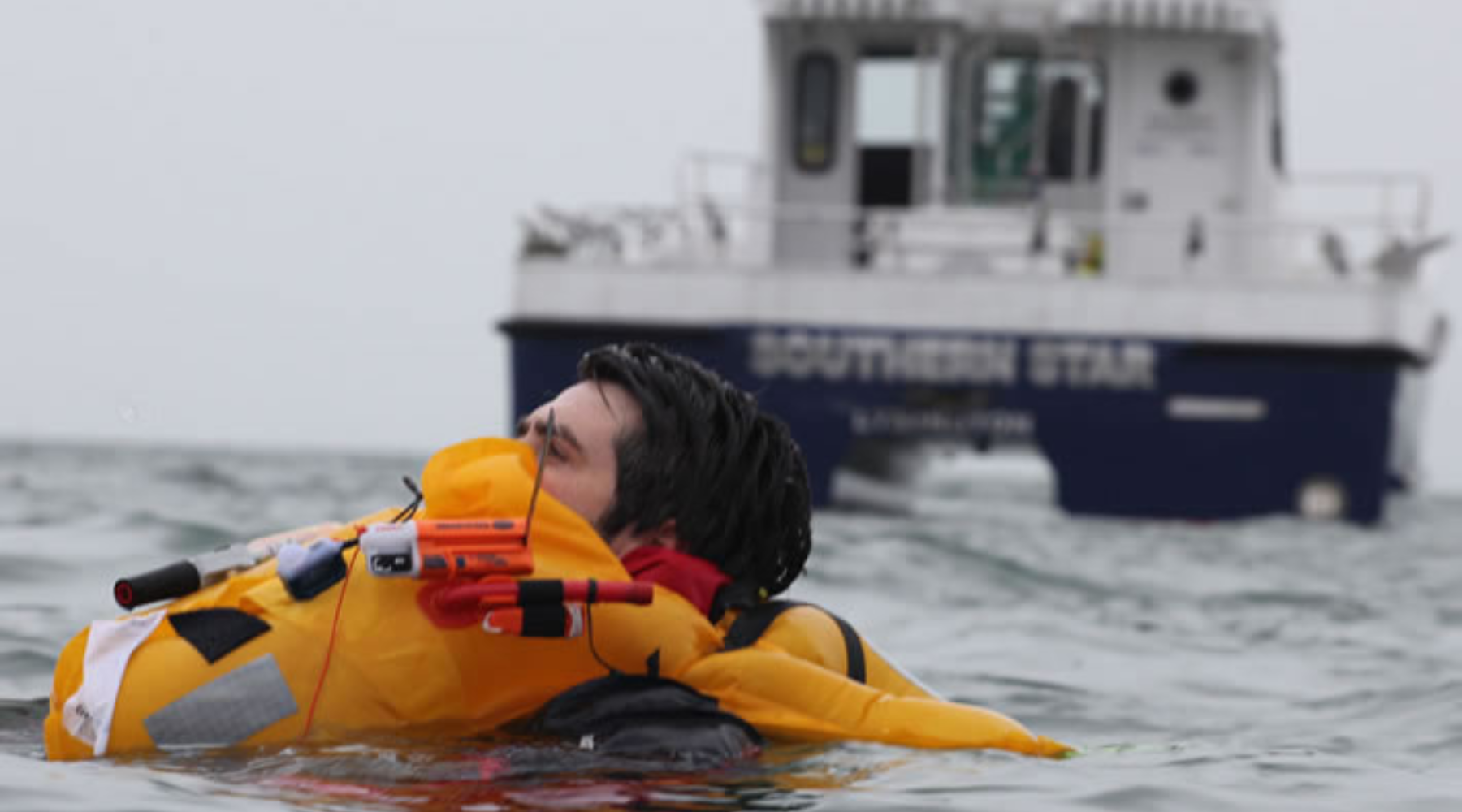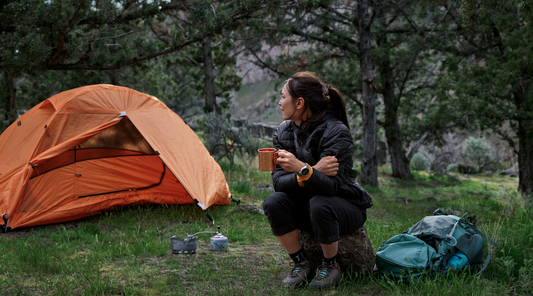Your cart is empty
Introduction to Personal Locator Beacons and Flares
Locator beacons and flares are vital land or marine safety components that any hiker, dedicated mariner, commercial vessel owner, or sailboat crew should carry with them when they take to remote locations or the open seas. No matter how long you are out on the water for, an emergency situation could arise at any time, in any form, and a locator beacon could be the difference in surviving thanks to their ability to communicate via GPS to nearby Search and Rescue teams.
Best Personal Locator Beacon (PLB): A Lifesaver in Critical Situations
A PLB is a small, handheld, emergency satellite communication device that should only be used in life-or-death situations. PLBs typically rely on the COSPAS SARSAT satellite network which is a specialised satellite constellation devoted to tracking and picking up signals from vessels in distress. Once a PLB is activated, these signals are then transmitted via a dedicated frequency to the nearest rescue coordination center so that they can perform a smooth and efficient rescue operation. The McMurdo FastFind 220 PLB, for example, is a rugged, handheld, and waterproof (non-buoyant) GPS & Galileo enabled rescue PLB, small enough to be easily carried in a back-pack or pocket. Upon initiation of a distress call, the device’s built-in GPS and Galileo receivers fix the carrier’s position to within a few meters and then utilizes a powerful 406 MHz signal to relay the distress call to orbiting satellites.
Locator Beacons and Flares: Two Essential Tools for SOS Signals
Flares in particular, but beacons as well, are a highly effective way to attract the attention and signal for the help of rescuers during a recovery operation. At OSAT, we offer a number of different types of flares, all of which are electronic and LED-powered because traditional pyrotechnic flares are not as effective. An LED electronic distress flare typically has hours of battery life, and can flash the SOS code to tell approaching rescuers that the situation is serious. Our LED flares can also be seen from distances of up to and over 7 miles, meaning rescue teams do not have to very close before they can pinpoint a more precise location.
Ocean Signal RescueME PLB1: Compact and Dependable Rescue Device
The Ocean Signal rescueME PLB1 provides peace of mind on land or at sea, allowing the device carrier to alert global emergency services to their location at the push of a button. This PLB is one of the best personal locator beacon solutions, and comes with a flotation case to allow it to float on water. Unlike most satellite enabled notification devices, the Ocean Signal rescueME PLB1 requires no monthly or annual subscription, making it one of the most cost-effective GPS enabled emergency beacons available for long term use.
LED Electronic Distress Flare: Illuminating SOS Signals
Distress flares, such as the Ocean Signal EDF1 LED Electronic Distress Flare, should be used as back-up options to PLBs as they typically do not come with the same geolocation satellite technology. They are, however, a highly effective tool for alerting incoming rescue teams, especially when conditions are bad such as heavy fog or at nighttime. The EDF1’s powerful LED delivers 360⁰ visibility and can be seen from up to seven miles away. The device itself is waterproof up to 10 meters, and has up to six hours of battery life. All of these aspects combine to create one of the most ideal solutions to land or marine safety.
Choosing the Right Rescue Device: Factors to Consider
Before setting off on your next voyage or remote adventure, there are several factors that need to be considered to ensure you select the most suitable safety option for your needs. Some important areas to consider include:
- Intended Use: Determine whether you primarily need the device for land-based activities (hiking, camping, hunting) or marine activities (boating, sailing, kayaking). Some devices are specifically designed for one environment and may not be suitable for the other.
- Emergency Services Compatibility: Ensure that the device is compatible with the search and rescue agencies in the region where you'll be using it. Check with local authorities to see which systems are supported.
- Functionality: Look for features that enhance the effectiveness of the device, such as GPS capabilities to transmit your exact location or multiple signaling options like GPS, satellite, and radio frequencies.
- Battery Life: Check the battery life of the device and consider how long you typically expect to be away from civilization. Longer battery life may be crucial if you plan to spend extended periods in remote areas.
- Durability: Consider the ruggedness and waterproof rating of the beacon or flare. It should be able to withstand the environmental conditions of the activities you'll be engaging in.
- Size and Weight: Depending on your activities, the size and weight of the device may be important factors to consider, especially if you need to carry it on your person during outdoor adventures.
- Cost: Compare prices of different PLBs or flares, but remember that investing in a reliable and effective device can be critical for your safety, so prioritize quality and features over price.
- Registration Requirements: Check if the device requires registration with authorities. Some countries have mandatory registration processes for emergency signaling devices to improve rescue operations.
As always, our team of experts at OSAT is here to help. So, if you need any advice about our locator beacons and flares, contact us via:
- Email: info@osat.com
- Phone: +1 305 560 5355




